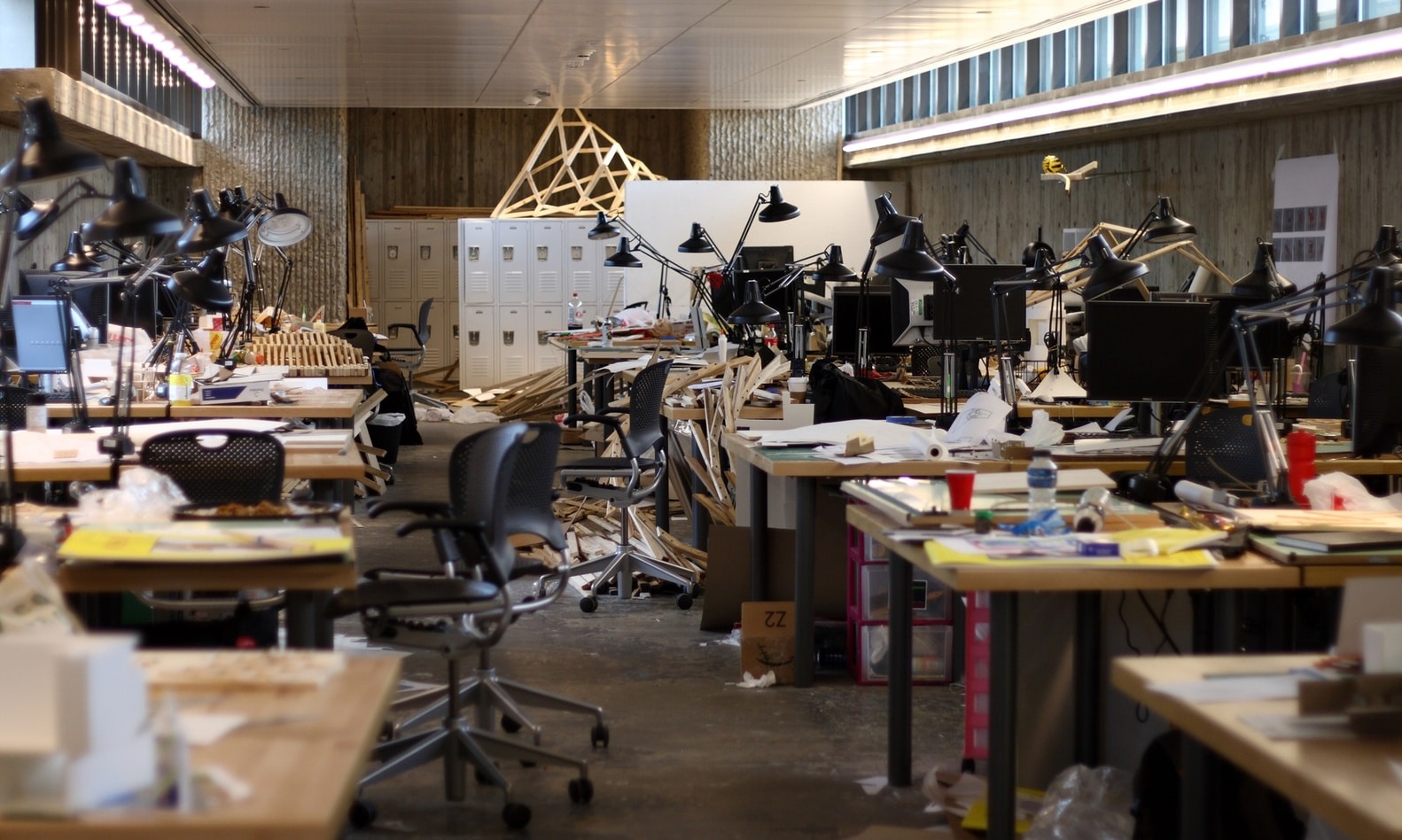AASL Column, August 2024
Barret Havens and Barbara Opar, column editors
Column prepared by Barbara Opar based on AASL member contributions
In last month’s AASL column, we addressed some of the ways in which faculty and librarians can work together to ensure a smooth beginning to the semester. This month, we would like to recommend some specific tools likely to be found in your libraries.
Are you a design professor needing access to data? Check out your library’s databases. Taking a few minutes to review the kinds of resources available in related but relevant fields, e.g. geography, sociology, urban studies can prove useful. Policy Map and Social Explorer have a lot to offer.
- Policy Map is a geographic information system with policy-related data about demographics, real estate, crime, income, jobs, education, energy, and more.
- Social Explorer is a visualization tool for creating maps related to United States demographics.
(For access to subscription-driven content within the databases described above, find out if your academic library subscribes—and if they do, use the links within your library’s website.)
Need readily available resources for Blackboard or other online learning systems? There are a lot out there, including your own institutional repositories which may offer free articles. Here are a few others with substantive content:
- Notable among these is the Getty Research Portal which provides access to digitized art history publications, rare books and related literature. In total, there are over 200,000 titles from 47 contributing libraries worldwide.
- Then there is the Archive.org. Yes, the Internet Archive. InterLibrary Loan departments in libraries even use it.
- And of course, Google Books is a viable source.
- Another that is worth investigating is To take full advantage of this resource, check to see if your library subscribes. iIt includes digitized print volumes, some of which are in the public domain. HathiTrust also includes almost half of the print holdings available at, larger libraries, with full-text searching across the entire repository, full-text PDF downloads for items in public domain or not otherwise under copyright, and full-text access to rare, out-of-print items that may be too brittle to handle, even if they are in the library in print.
- If your specific needs include rare books, consider the Digital Rare Books Archive.
- USModernist is actively digitizing journals from the modernist era and has made available certain core as well as niche publications.
Images are a mainstay of architecture. Sources for this type of information include:
- Library of Congress Digital Collections. The Historic American Buildings Survey as well as other parts of the Prints & Photographs Division provide an amazing range of visual documentation.
- Digitized museum holdings include those of the Metropolitan Museum of Art, MoMA and the Cooper-Hewitt. These collections can expand the range of access you have to images.
- Other notable image sources include- SAHARA, which is a project of the Society of Architectural Historians and now included within your library’s
JSTOR
Finally, consider adding audio to your lectures. While there many sources from which to choose, Pidgeon Digital offers talks and transcripts that will enhance lectures and provide students with the opportunity to hear the words of certain modern masters. This may be available through your campus library by subscription.
There are many more sources that we might add or suggest. But check these out and do not hesitate to talk to your librarian!
“If you keep your eyes open enough, oh, the stuff you will learn! The most wonderful stuff!” —Dr. Seuss, “I Can Read With My Eyes Shut!”

 Study Architecture
Study Architecture  ProPEL
ProPEL 
